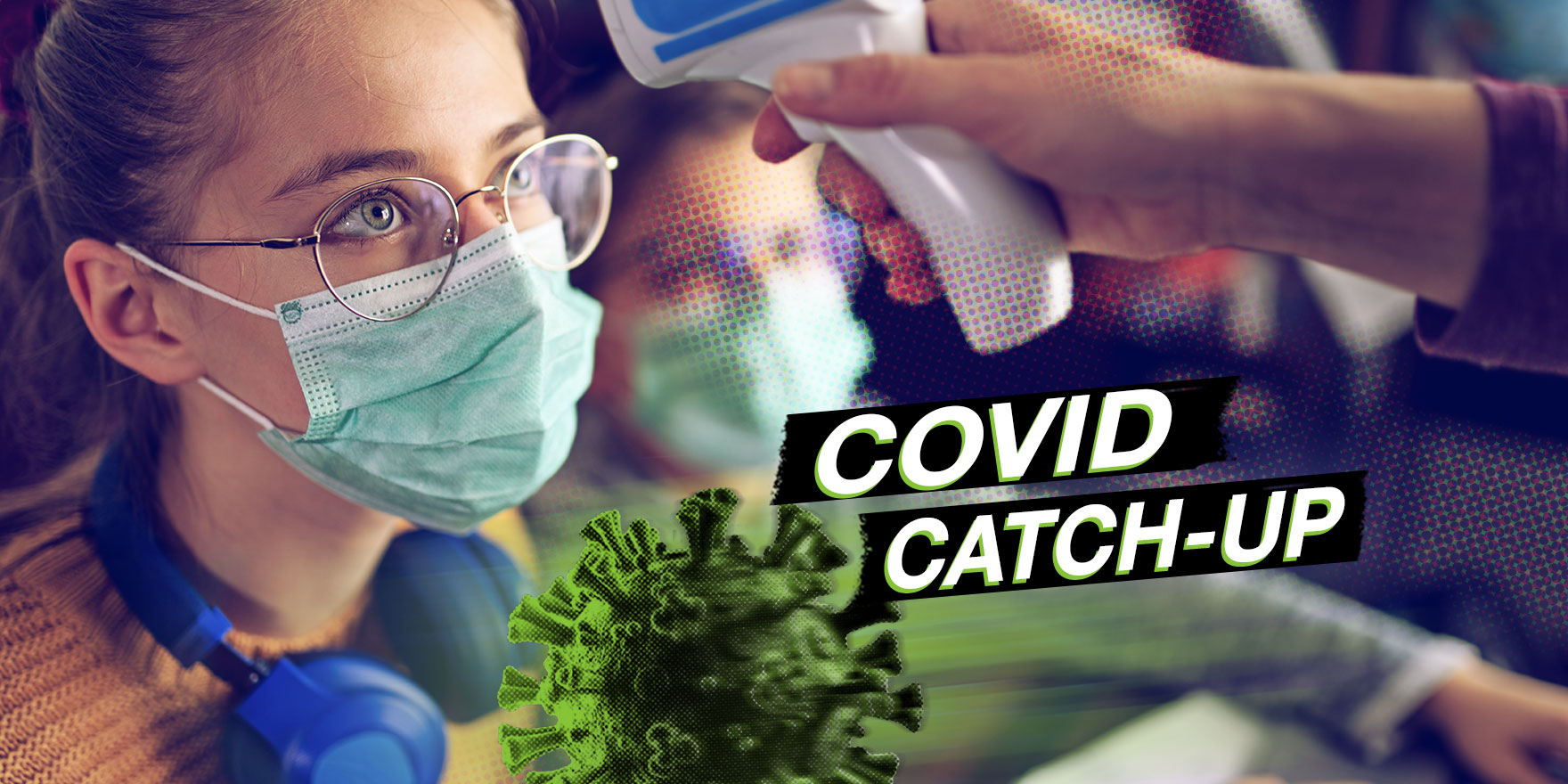And our Clinical Evidence Taskforce makes a firm recommendation against Vitamin D analogues.
Welcome to The Medical Republic’s COVID Catch-Up.
It’s the day’s COVID-19 news in one convenient post. Email bianca@biancanogrady.com with any tips, comments or feedback.
11 December
- Seven factors most predictive of COVID-19.
- Suspected child abuse presentations to ER dropped in US, but number hospitalised remained the same.
- Vitamin D analogues not recommended for COVID-19 treatment.
- Boston superspreading event linked to hundreds of thousands of cases.
- Latest confirmed COVID-19 infection numbers from around Australia.
- Australian researchers have identified seven factors that are most predictive of whether an individual has COVID-19.
In a paper published in PLOS ONE, they outlined development of the COVID-MATCHA65 clinical decision rule. The most high-scoring factors are whether someone has had exposure to COVID-19 or has travelled internationally or whether they are experiencing loss of taste or smell. The other five factors are muscle aches and pains, sore throat, hypoxia, being 65 years or older, and fever.
Individuals with a score of less than 1 have a low likelihood of COVID-19, while those with 5 points or above have a high likelihood. However the authors noted that the performance of the metric improves with higher prevalence of disease in the population.
“In a pandemic where diagnostic resources are limited in both low- and high-income settings, risk stratification of those likely to have COVID-19 is urgently required and tools such as COVID-MATCH65 can aid the front-line clinician,” they wrote. - While the overall number of suspected child abuse presentations to emergency departments declined during the first peak of the pandemic in the United States, the overall number of hospitalisations did not, suggesting a possible decrease in healthcare-seeking but persistence or increase in abuse.
A study published in Morbidity and Mortality Weekly Report looked at national trends in emergency department visits for suspected or confirmed child abuse and neglect from 6 January 2019 to 6 September 2020.
This found that the total number of emergency department visits meeting the definition for child abuse and neglect began decreasing below what was seen at the same period in 2019 as soon as the pandemic was declared in mid-March, across all age groups.
From March 29-April 25, visits were 53% lower than the corresponding period in 2019. At the same time however, the number of visits requiring hospitalisation did not decrease. This meant the percentage of ED visits for child abuse and neglect that ended in hospitalisation increased significantly across all age groups.
“This pattern might reflect decreased health care–seeking for other medical complaints or a need to seek medical care because of persistence or worsening of child abuse and neglect,” the authors wrote. - Do not use vitamin D analogues for the treatment of COVID-19, says Australia’s National COVID-19 Clinical Evidence Taskforce.
In its latest update, the taskforce said there was currently limited evidence about the effect of vitamin D analogues on outcomes from COVID-19 in adults. They also advised against use of combined metabolic cofactor supplementation for COVID-19 treatment. - Two so-called super-spreading events in the Boston area – one in an aged care facility and the other at a business conference – have been genetically linked to hundreds of thousands of cases of COVID-19.
Researchers conducted a phylogenetic analysis of 772 SARS-CoV-2 genomes sampled in Boston early in the pandemic. According to their report in Science, analysis of 28 genomes from around 100 cases traced to an international business conference held in late February found two key variants of SARS-CoV-2. Unique alleles from these variants then spread throughout Massachusetts and the researchers estimated they were linked to around 330,000 cases across the US.
An outbreak at a nursing facility which infected 85% of residents and 37% of staff was found to be largely linked to a single variant.
“Consistent with an over-dispersed offspring distribution for SARS-CoV-2 in our dataset, a small minority of importations accounted for the majority of observed cases,” the authors wrote. - Here are the latest confirmed COVID-19 infection numbers from around Australia to 9pm Thursday:
National – 28,000 with 908 deaths
ACT – 117 (0)
NSW – 4624 (4)
NT – 62 (1)
QLD – 1224 (3)
SA – 562 (0)
TAS – 234 (1)
VIC – 20,345 (0)
WA – 832 (0)



